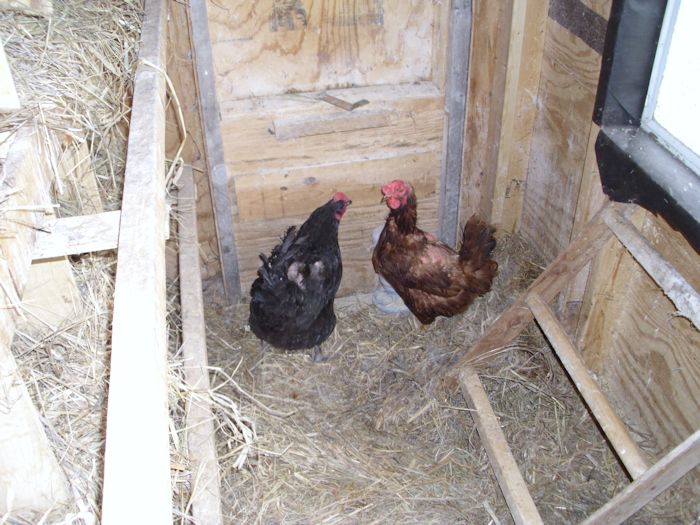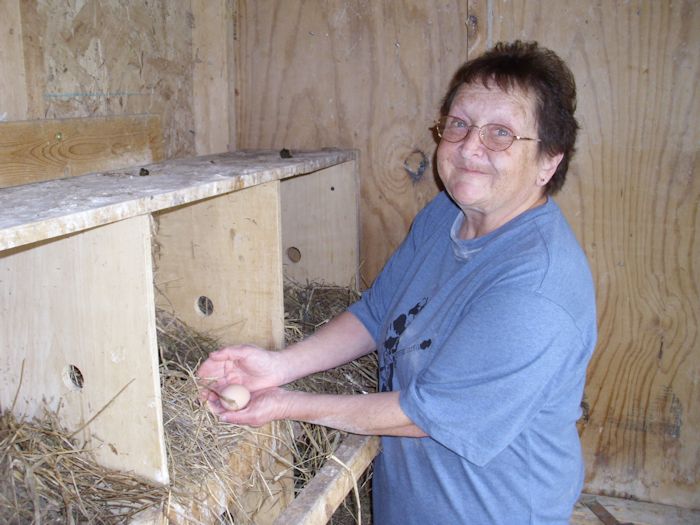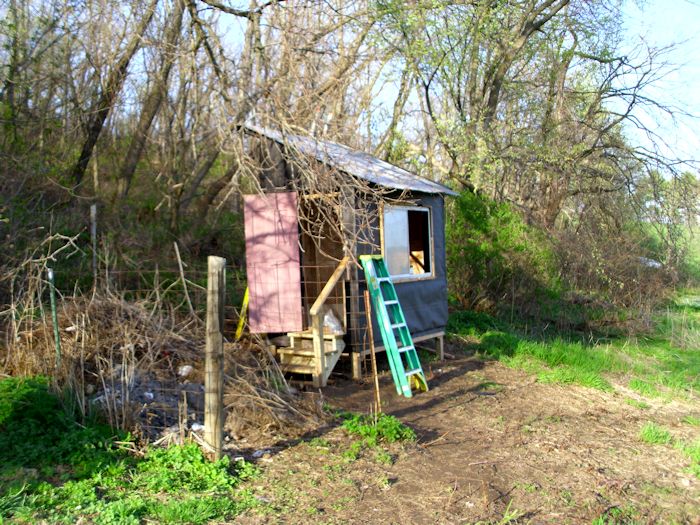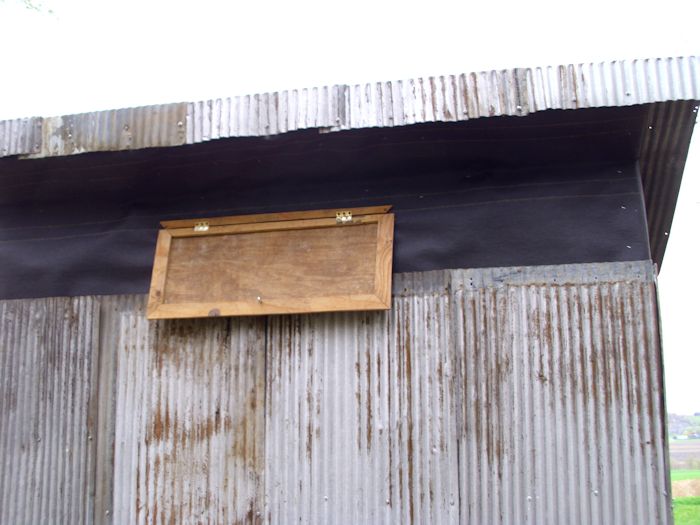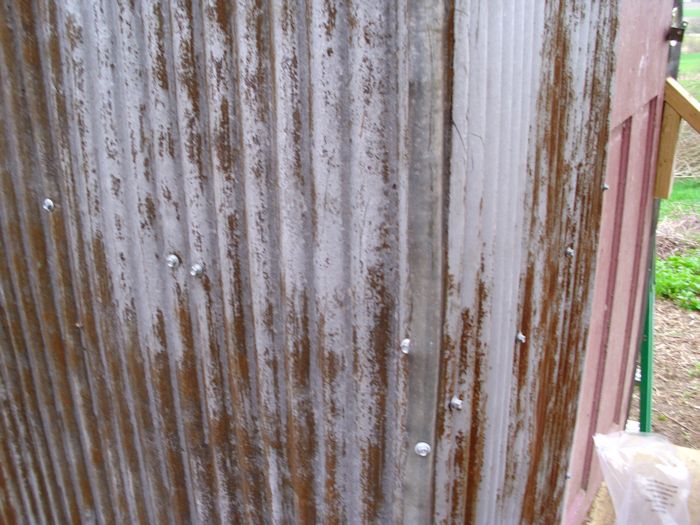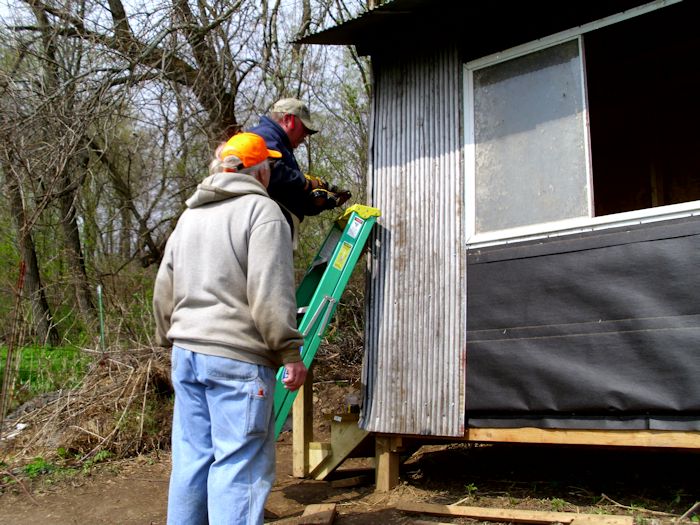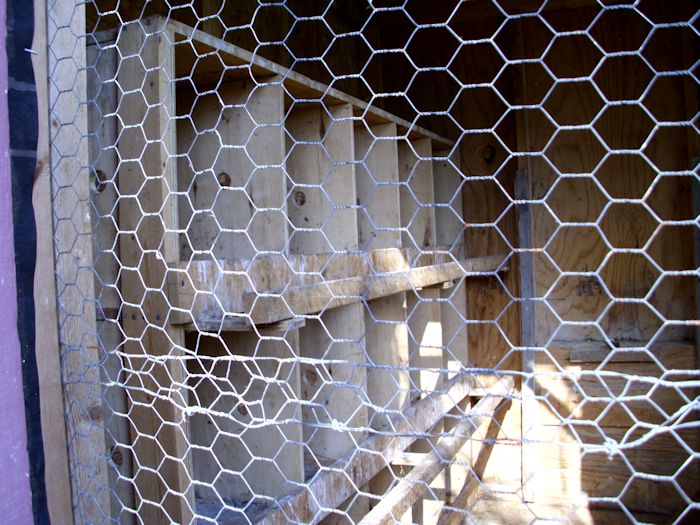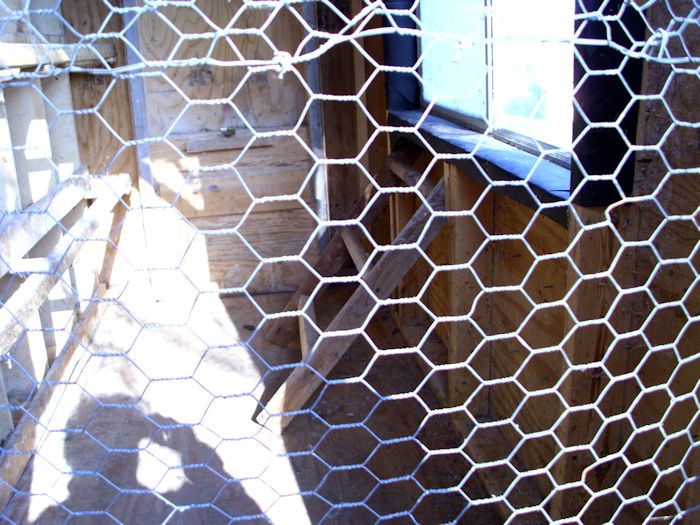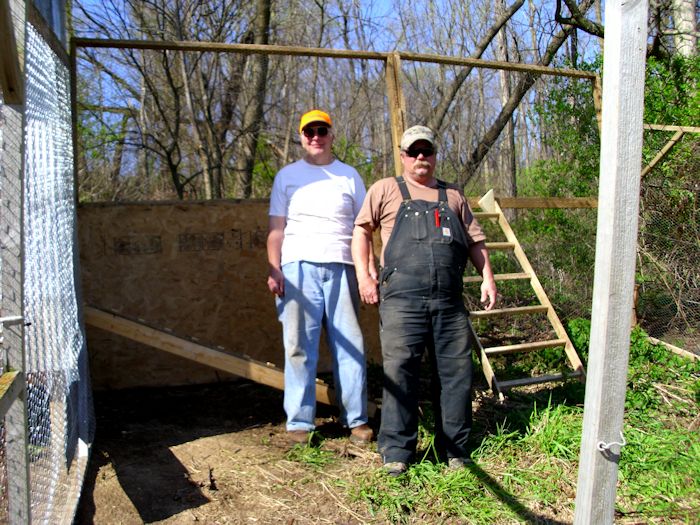A while back I provided a post entitled Feeding for Healthy Chickens that described conditions where chickens could eat their own eggs. This post provides you with some good ideas on just what to do to prevent the problem in most cases. However, it seems that the post doesn’t go quite far enough. There are situations where the weather is cool, the chickens are perfectly healthy, and they aren’t eating their eggs when you’ll still see broken eggs in the coop. In this case, you see the whole egg and need to clean it up immediately. However, the defining characteristic of this condition is that the shell will be paper thin.
Chickens need sunlight, just like everyone else, to produce Vitamin D. In addition, chickens need quite a bit of calcium in their diet and it isn’t always easy to get them to eat enough. When you see that the chickens are healthy and that the weather isn’t too hot, but the shells are still thin, it’s a sign that the chickens likely have a Vitamin D or calcium deficiency. In this case, the thin shells came right after winter, so the problem was Vitamin D.
In order to combat this problem, you may need to resort to unusual measures. In order to fix this particular problem, I started feeding the chickens expired yogurt. No, the yogurt hadn’t gone bad yet, but it was far enough past the expiration date that it had started separating quite badly. The chickens won’t care. It turns out that chickens absolutely love yogurt and can’t get enough of it. Just make sure the yogurt you feed them is made with Vitamin D enriched milk or has the vitamin added to it.
After some experimentation, I found that I could get the shells to harden up by feeding our ten chickens 1 cup of yogurt each day for about a week. Given that I have a cheap source for expired yogurt, I’ll keep feeding them yogurt on a regular basis, but not continuously. Part of the problem here is to ensure you get high quality eggs without cutting your profits too much. An egg shell should be relatively thick and smooth. When you start to see the egg shell getting thin and rough, it’s time for more yogurt.
There is a problem that can occur when you feed the chickens too much calcium. I’ve actually managed to get the shells thicker than they should be and that makes the eggs hard to use. If you like your eggs over easy or sunny side up, it’s important to maintain the correct egg shell thickness. Let me know about your egg production problems at [email protected].

